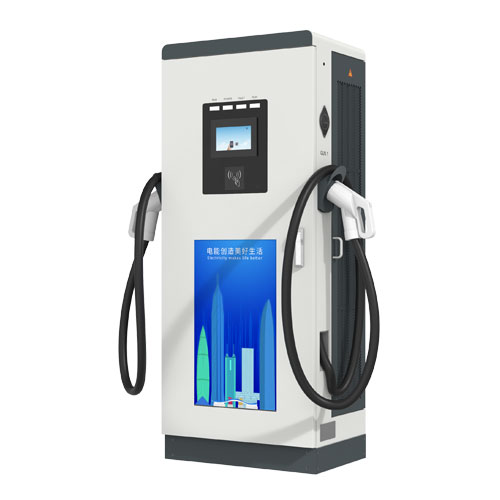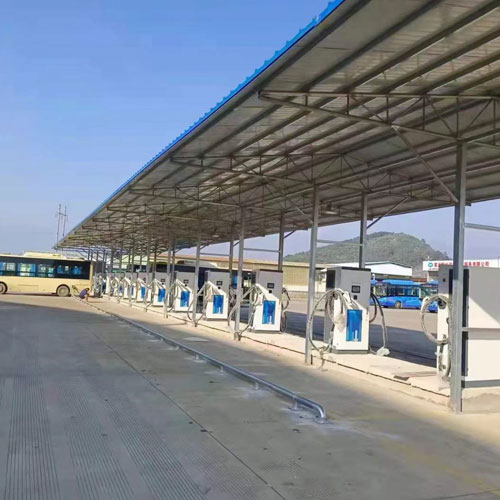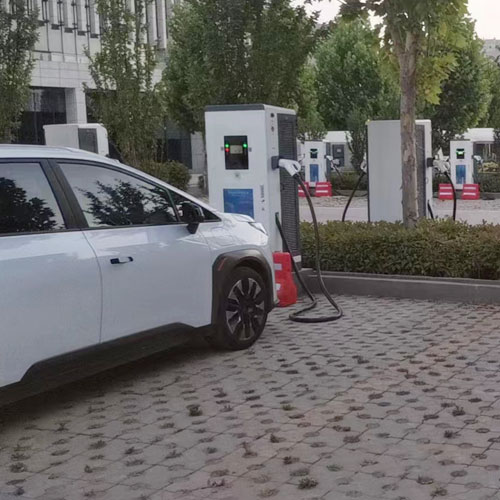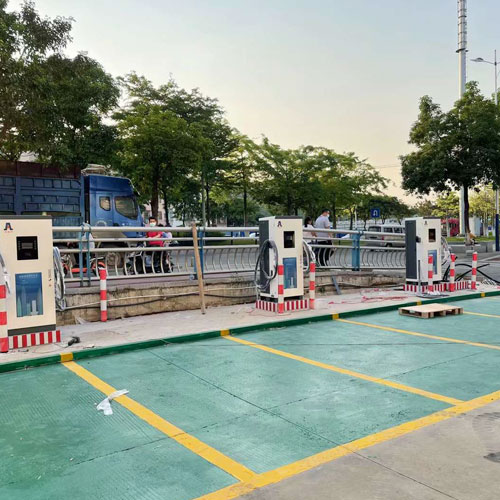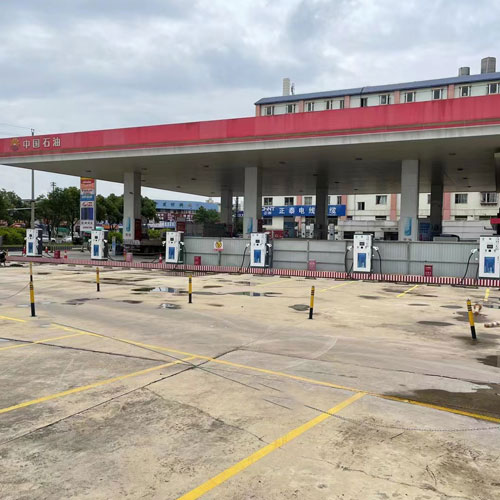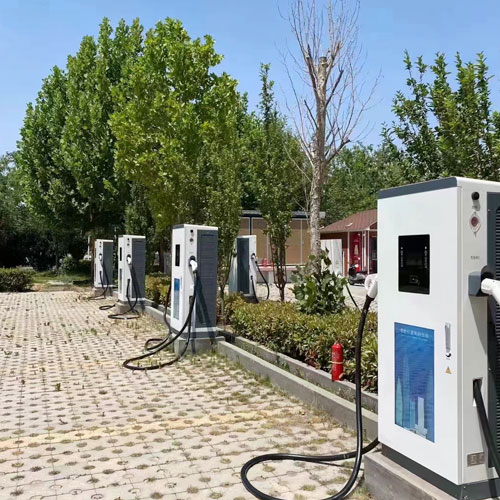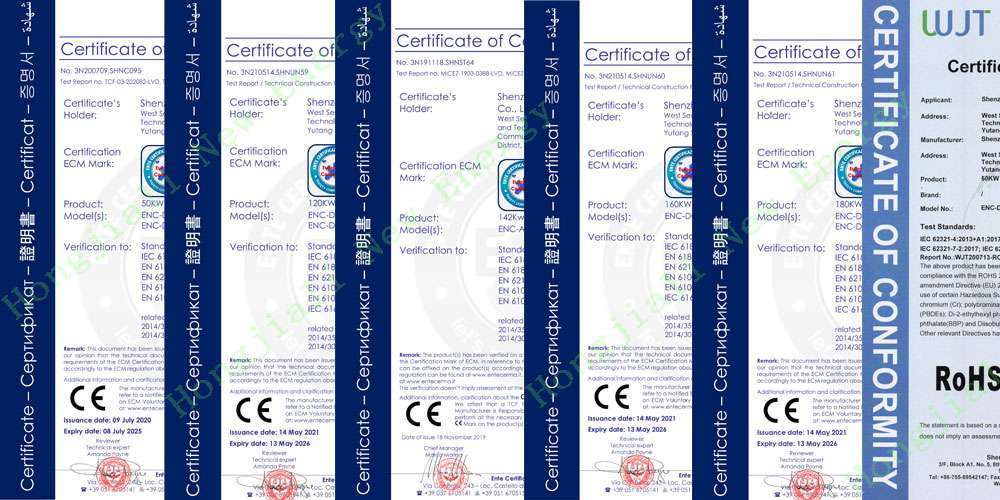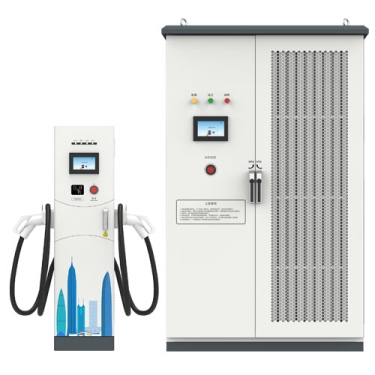Electric car charging is easier than you think.
You can charge at home or on the road at public charging stations. The cost to charge an EV is the same as the standard residential electric rate, which varies, but is typically less than fuel costs.
We are a manufacturer of high quality electric vehicle chargers. Amazing prices are waiting for you. Our skilled and professional sales team will help you source the right products you need! Factory direct sales.
Learn about electric vehicle chargers and find the energy-efficient electric vehicle charger that's right for you.We provide you with electric vehicle charging solutions.
Car charger ev product parameters:
Parameters | Requirements | ||||||||
General Requirements | |||||||||
EV Charger Type | DC | ||||||||
Charger Capacity | 30KW | 40KW | 50KW/60KW | 80KW | 90KW/100KW | 120KW | 160KW | 180KW | 240KW |
Equipment size | L700*W450*H1680(mm) | L750*W750*H1920(mm) | |||||||
Product Model NO. | ENC-DCL030A | ENC-DCL040A/B | ENC-DCL060A/B | ENC-DCL080B | ENC-DCL100B | ENC-DCL120B | ENC-DCL160B | ENC-DCL180B | ENC-DCL240B |
ANSI-DCL030A | ANSI-DCL040A/B | ANSI-DCL060A/B | ANSI-DCL080B | ANSI-DCL100B | ANSI-DCL120B | ANSI-DCL160B | ANSI-DCL180B | ANSI-DCL240B | |
JIS-DCL030A | JIS-DCL040A/B | JIS-DCL060A/B | JIS-DCL080B | JIS-DCL100B | JIS-DCL120B | JIS-DCL160B | JIS-DCL180B | JIS-DCL240B | |
Mounting | Ground-Mounted | ||||||||
Input Requirements | |||||||||
AC Supply System | Three-Phase, 5 Wire AC system | ||||||||
Nominal Input Voltage | AC380V±15% | ||||||||
Input Frequency | 45-65Hz | ||||||||
Environmental Requirements | |||||||||
Ambient Temperature Range | -25 to 55°C | ||||||||
Ambient Humidity | 5 to 95% | ||||||||
Storage Temperature | -40 to 70°C | ||||||||
Mechanical Requirements | |||||||||
IP Ratings | IP 54 | ||||||||
Cooling | Air-cooled | ||||||||
Output Requirements | |||||||||
Number of Outputs | 1 | 1 or 2 | 2 | ||||||
Type of Each Output | DC200-750V / DC150-500V(JIS) | ||||||||
Single Output Max.Current | 125 Amp | 150 Amp | 200 Amp | ||||||
Power Factor | ≥0.99(50% load above) | ||||||||
User Interface & Display Requirements | |||||||||
Display & Touch-Screen Size | 7 Inches Touch Screen with Shell | ||||||||
User Authentication | QR Code/RFID Card /Password Login | ||||||||
Metering Information | Consumption Units | ||||||||
Communication Requirements | |||||||||
Communication between EVSE and Central server | OCPP 1.6J Protocol (Optional) | ||||||||
Interface between Charger and CMS | Ethernet/3G/4G/WIFI (Optional) | ||||||||
Protection & Safety Requirements | |||||||||
Executive Standard | IEC 62196 2017, IEC 61851 2017, SAE J1772,CHAdeMO etc. | ||||||||
Safety Parameters | Over Current, Over Voltage, Under Voltage, Residual Current, Surge Protection, Leakage Protection, Short Circuit, Over Temperature, etc. | ||||||||
